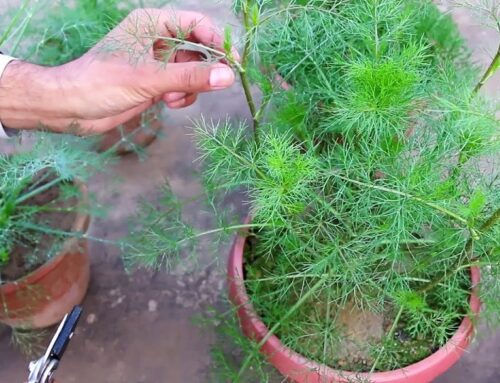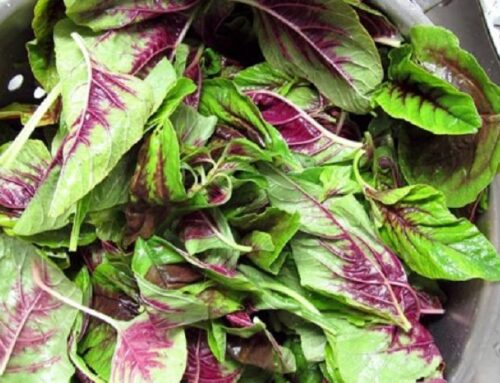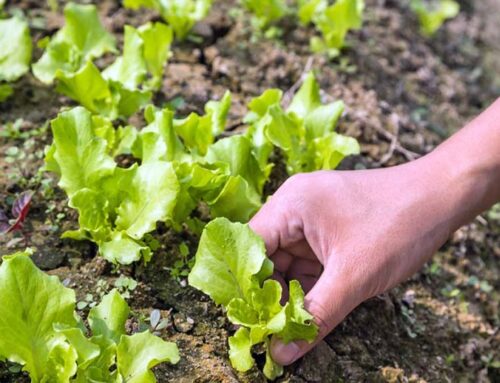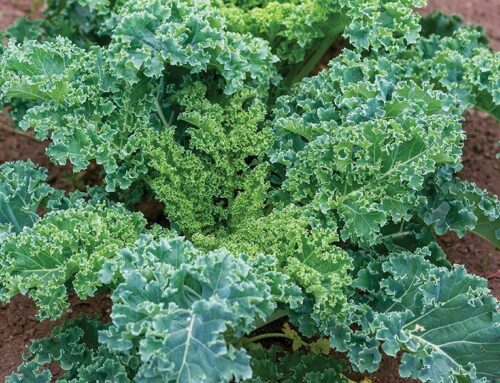Brassica vegetables are also known as cole crops, crucifers, and cruciferous vegetables. They belong to the genus Brassica and family Brassicaceae, the mustard family. Popular brassica vegetables include cabbage, Chinese cabbage, cauliflower, broccoli, Brussels sprouts, kohlrabi (knolkhol), collard greens, and kale. Brassica vegetables are biennial in their growing habit but for commercial production they are grown as annuals. Brassica vegetables believed to be originated in the region comprising of Western Europe, the Mediterranean region and the temperate regions of Asia.
Health Benefits of Brassica Vegetables
Brassica vegetables are considered to be the richest source of plant-based antioxidants in a human diet. An antioxidant is a substance that inhibits oxidation, especially that of free radicals. Free radicals are chemically unstable molecular fragments or atoms that have a charge due to excess or deficient number of electrons and are directly responsible for cell degeneration and resultant ageing process in human beings. The immediate tendency of free radicals, as soon as they are formed, is to become stable by reacting with cellular components (for example: DNA) or cell membrane. The result is DNA damage, malignant tumour formation (cancer) and diabetes, cataract, heart diseases and other cell degenerative diseases.
Some of the examples of free radicals are superoxide anion, hydroxyl radical, transition metals such as iron and copper, nitric acid and ozone. Major sources of free radicals are normal oxidation process happening within the human body (i.e. released as a byproduct of cell metabolism), exposure to pollution (free radicals may be present in the air we breathe), exposure to sunlight and lifestyle factors such as alcohol consumption, wrong diet habits (free radicals may be present in the food we eat), stress, and smoking. Some of the examples of cell damage by free radicals are cataract (lens of the eyes become opaque), damage to cell’s protective lipid layer (cell membrane), and heart diseases where free radicals trap LDL (low density lipoprotein) in blood artery walls and form coatings.
Antioxidants are present in the form of vitamins, minerals, enzymes and polyphenolic compounds. Major Antioxidant Vitamins are Vitamin C and Vitamin E. brassica vegetables such as broccoli, brussels sprouts, cauliflower, and kale are rich source of Vitamin C. This vitamin is water soluble, easily absorbed by the body hence a mighty scavenger of free radicals present in the bodily fluids including blood. Broccoli is rich in Vitamin E which is essential for the prevention of oxidation of lipids (fats). Major antioxidant minerals are Zinc and Selenium. Selenium is essential to form an active site of most antioxidant enzymes. Major antioxidant enzymes present in human body are Superoxide Dismutase (SOD), catalase (CAT) and Glutathione and glutathione peroxidise. All these three groups of antioxidant enzymes are working together to protect cells from free radical damage.
We have a book on “Brassica Vegetables” and its PDF version is available here…
Kindle eBook and Paperback versions of this book are available at all Amazon online stores. For details click here…
Polyphenolic compounds or polyphenols are a large group comprising of flavonoids, carotenoids, and anthocyanins. Flavonoids are chemical compounds plants produce to protect themselves from cell damage and it is a subgroup of polyphenolic antioxidants. It reduces cell inflammation, improves memory and concentration and increases body’s immunity. Anthocyanins are a subgroup of flavonoids. In case of carotenoids, there are about 600 types of carotenoids known till date. Some of these are alpha carotene, beta carotene, lycopene, cryptoxanthin, zeaxanthin, and lutein. Beta carotene is the most studied carotenoids and is a precursor of Vitamin A. brassica vegetables such as broccoli, kale, and collard greens are rich source of beta carotene.







Leave A Comment
You must be logged in to post a comment.